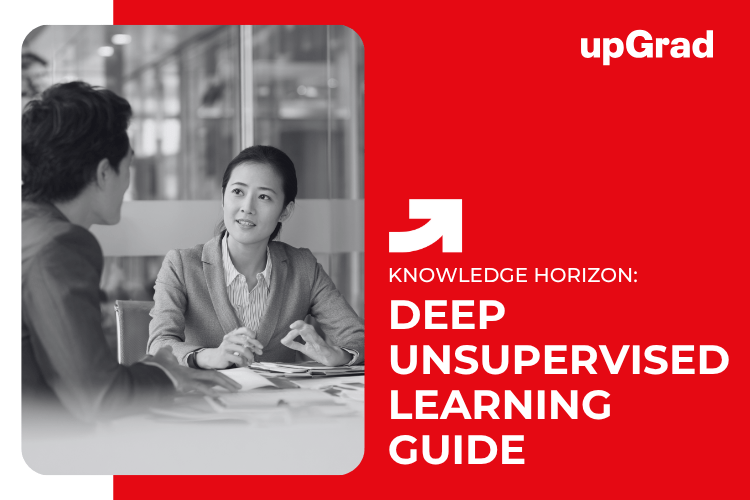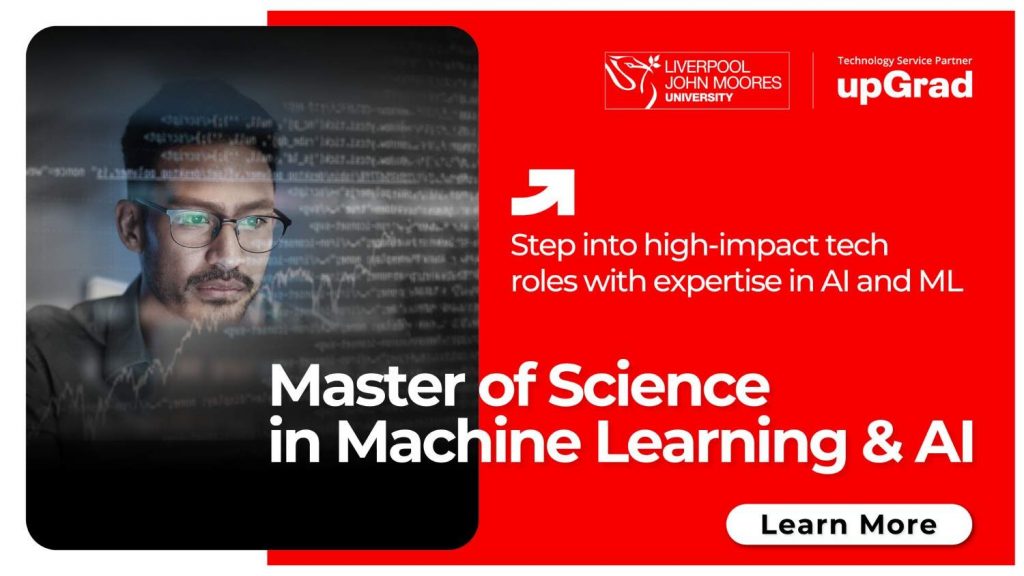Unsupervised machine learning identifies patterns and structures in data without labelled outcomes. Essential unsupervised methods include clustering, dimensionality reduction, and anomaly detection. Unsupervised deep learning extracts complex feature representations from raw data using neural networks. Continue reading to understand the connection between nonequilibrium thermodynamics and deep, unsupervised learning.
Fundamentals of Thermodynamics
Thermodynamics studies heat and energy and works in systems. Equilibrium thermodynamics deals with systems in a steady state. Non-equilibrium thermodynamics focuses on systems that are not in equilibrium where energy exchange occurs dynamically.
Nonequilibrium thermodynamics provides a framework for studying complex systems that are open, transient and continuously affected by flows. This aligns well with unsupervised machine learning systems that dynamically analyze complex high-dimensional data to discover latent structures and representations.
The out-of-equilibrium nature of constantly training neural networks has motivated the application of nonequilibrium thermodynamic concepts to understand and optimize their behavior.
Connecting Thermodynamic Principles to Deep Learning Models
The following are key factors of connection:
1. Neural Networks Through a Thermodynamic Lens
Viewing neural networks through a thermodynamic perspective provides insights. Neurons can be seen as particles that minimize energy. Loss functions represent energy landscapes traversed during training.
2. Entropy Maximization and Information Flow
Maximizing entropy ensures diverse exploration of solutions and avoids overfitting. Information theory concepts are relevant for quantifying and transmitting information in neural networks.
3. Energy-Based Models
Variational autoencoders, generative adversarial networks and Boltzmann machines apply thermodynamic concepts like energy minimization for synthesizing new data.
Applications of Thermodynamic Deep Learning
Thermodynamic deep learning models have shown promising results across diverse domains, unlocking new capabilities and insights. These models can help solve complex differential equations and accurately simulate physical systems like molecular dynamics and quantum interactions in physics.
For biology, they hold the potential to elucidate the intricate workings of biological systems, from protein folding to cell signaling pathways. Another key application area is computer vision—thermodynamic principles have enabled breakthroughs in image reconstruction, generation, and compression. Models like variational autoencoders empower new techniques for synthesizing highly realistic images and videos.
Across these domains, physics and deep learning fusion demonstrate enhanced performance on challenges involving complex, high-dimensional data. As research continues, thermodynamic deep learning will likely become indispensable for tackling some of the most intractable modeling problems in science and engineering.
Conclusion
The connections between nonequilibrium thermodynamics and unsupervised machine learning hold great promise for improving AI algorithms and applications. upGrad provides an online PG Certificate in Machine Learning and AI and other relevant courses to professionals interested in gaining knowledge in this burgeoning sector. The demanding program offers in-depth deep learning and neural network design instruction via real-world projects and professional coaching.
upGrad’s curriculum will provide you with the knowledge and abilities needed to work at the forefront of AI research and become a pioneer in creating the future of thermodynamic deep learning. Enrol today and increase your skills!
FAQs
1. How does thermodynamics connect to deep learning?
Concepts like energy minimization, entropy maximization, and statistical mechanics provide insights into optimizing and interpreting neural networks.
2. What are some examples of thermodynamic models in deep learning?
Variational autoencoders, generative adversarial networks, and Boltzmann machines apply thermodynamic concepts.
3. What are the limitations of this approach?
Challenges include computational complexity, interpretability issues, and difficulty scaling up models.












.png)








